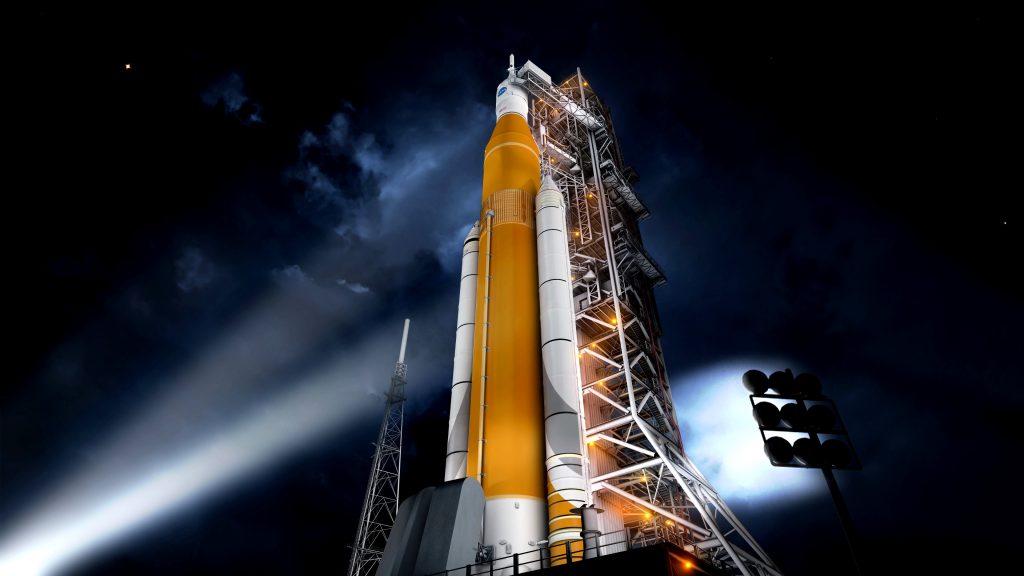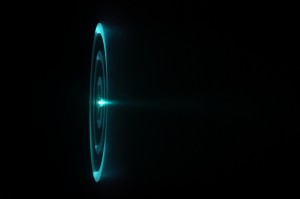NASA tested the engine for the mission
Yesterday in NASA’s Stennis Center, Mississippi. 1500 spectators saw the testing of the engine to be used for sending humans to the Mars. Though currently, they are aiming to go to the external lunar orbit. That’ll still be the farthest we’ve ever gone. Elon Musk must be having a headache right now. The mission will be using four of these. One of the things cool about the engine test is that it’s like a pre-show. You get to be a LOT closer to the test site than they let you in for an actual launch.
NASA did the Mirrors Hot Fire Test on the rocket. The term means, like the reflection in a mirror. We’ll be making the test to resemble the conditions of the REAL launch. The RS-25 E2063. (Yes, I love the engine names very much as my dad served in Air Force for 20 years. So, I am really used to them.) And that’s how you ruin the significance of the bracket.
Exploration Mission – 2 will be our next crewed mission

The engine and three of its buddies will be used for the Space Launch System (SLS) rocket. Alongside the Orion capsule. This will be the second mission for both the SLS rocket and the Orion capsule in NASA’s EM – 2. (Exploration Mission – 2) For the first time, they were used in……you guessed it, EM – 1. (I hope the full form is pretty obvious.) Damn, I use a lot of these brackets. The SLS rocket will take off for Exploration Mission – 2 in 2022 at the Kennedy Space Center in Florida. This will be the first mission of its kind since Apollo 16 in 1972. That was a great day to be alive (I was not.)
Or else…

NASA is also trying its hands on the X3 thrusters. (Yes, now NASA is embracing the coolness of using an “X” in its names.) X3 thruster runs on electricity. The thrust will be generated by the solar panel generated electricity to expel plasma. Now that’s some hot science stuff. It can reach the speeds of 40 kilometers per second (~25 miles per sec). Opposed to the current chemical rocket’s 5 kilometers per second (~3 miles per sec).
Space travel for non-astronaut non-scientist non-crazy people will be starting soon. Like air travel, if you had the option. Which thruster would you want on your spacecraft? X3 or RS-25 E2063, tell me down below. Personally, I’ll prefer the cool sounding X3 thrusters.
